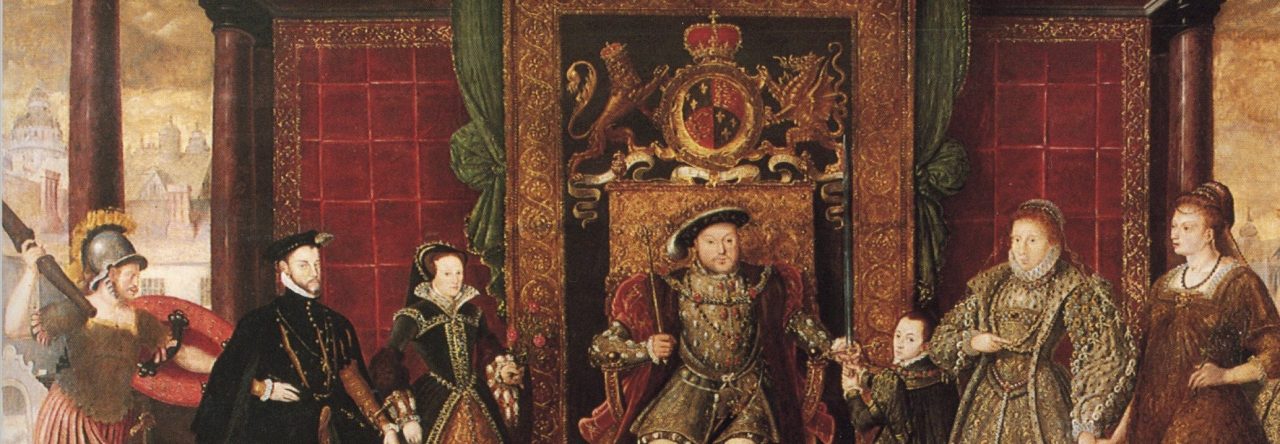 In recent years, the study of the English conflict known as the “Wars of the Roses” has become rather popular. The Lancasters and the Yorks fighting for the English throne. Only one can be the winner. When we do look at this time period, we tend to focus on the people involved in the battles and the political aspect of the conflict. The battles, how they were fought, and why the conflict started in the first place tend to be pushed to the sideline. That is not the case with this particular book. In Hugh Bicheno’s book, “Battle Royal- The Wars of the Roses: 1440-1462”, the political and military aspects combine with family histories for a comprehensive look into what made this time period so fascinating.
In recent years, the study of the English conflict known as the “Wars of the Roses” has become rather popular. The Lancasters and the Yorks fighting for the English throne. Only one can be the winner. When we do look at this time period, we tend to focus on the people involved in the battles and the political aspect of the conflict. The battles, how they were fought, and why the conflict started in the first place tend to be pushed to the sideline. That is not the case with this particular book. In Hugh Bicheno’s book, “Battle Royal- The Wars of the Roses: 1440-1462”, the political and military aspects combine with family histories for a comprehensive look into what made this time period so fascinating.
I came across this particular book by browsing the shelves at Barnes and Noble. I saw that it was about the Wars of the Roses, but I was not familiar with the author. I decided to give it a shot and I am so glad I did. This book is a delight and a fantastic resource.
Bicheno starts his book by exploring two extraordinary women whose families would shape the direction that the Wars of the Roses would take; Jacquetta Woodville and Catherine de Valois. Both women married for love and this love would shape who would win the crown of England, as Bicheno explains:
Sometimes love does conquer all: despite having turned their backs on the game of power, Catherine and Jacquetta became the common ancestors of every English monarch since 1485. Before that could happen, all those with a superior claim to the throne had first to wipe each other out. This they did in what was, in essence, a decades-long, murderously sordid dispute over an inheritance within a deeply dysfunctional extended family. It became merciless not despite but because the combatants had so much in common, and projected their own darkest intentions onto each other….it was an extraordinary period in English history. Four of the six kings crowned between 1399 and 1485 were usurpers who killed their predecessors, undermining the concept of divine right as well as the prestige of the ruling class. (Bicheno, 10-11).
Family drama is the center of Bicheno’s book so he spends several chapters laying out the major players and how they were related to one another. This can get a tad bit confusing for those who are not familiar with the story, so Bicheno has included family trees and a list of protagonists and marriages to help readers. I will say that they became very useful for me as I was reading this book and I would highly suggest you use the resources that Bicheno has included in this book for future research. Bicheno also included maps, which corresponded with the different battles that were important between 1440 and 1462, not only in England but in France, Wales, and Scotland as well.
What really impressed me about this book was the amount of detail that Bicheno was able to include and making it understandable for any casual student of the Wars of the Roses, yet engaging enough for a scholar. That is not an easy feat, but Bicheno is able to do it. He uses modern data with extensive research of historical documents, knowledge of medieval military strategies, and interpreting all of this information for modern readers, which included a few nods to a certain popular show(Game of Thrones) that is roughly based off of the events of this time period.
Hugh Bicheno breathes new life into the study of the Wars of the Roses. I wasn’t really sure what to expect when I first started reading this book, but I am extremely glad I did. Even if you think you know tons about the Wars of the Roses, this book will surprise you with new information and make you question your previous knowledge about the battles in the first part of this tumultuous time. If you have an interest in the Wars of the Roses and understanding how it occurred from a military and a political point of view, I highly suggest you read Hugh Bicheno’s book, “Battle Royal- The Wars of the Roses: 1440-1462”. It is an eye-opening, riveting reading experience.
